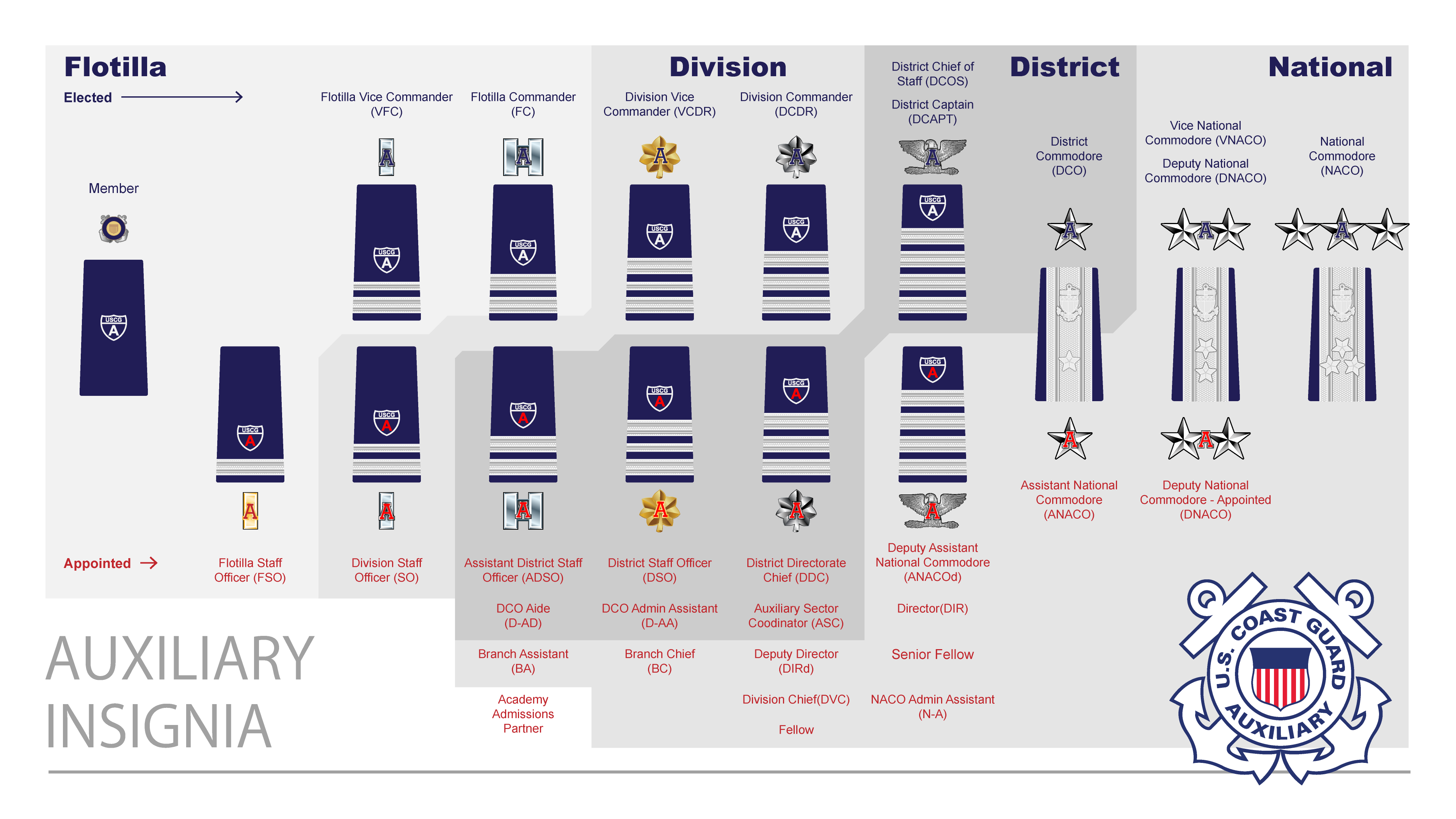Military
USCG Ranks List

Introduction to USCG Ranks

The United States Coast Guard (USCG) is a unique branch of the US military, operating under the Department of Homeland Security during peacetime and the Department of the Navy during wartime. The USCG is responsible for a wide range of duties, including maritime law enforcement, search and rescue, marine safety, and environmental protection. Like other military branches, the USCG has its own system of ranks, which are used to define responsibility, authority, and pay grade. Understanding these ranks is essential for both current and prospective members of the Coast Guard.
Enlisted Ranks

The enlisted ranks in the USCG are divided into several categories, starting from the lowest to the highest. These ranks include: - Seaman Recruit (E-1): The entry-level rank for new enlistees. - Seaman Apprentice (E-2): After completing boot camp, members are typically advanced to this rank. - Seaman (E-3): Demonstrates a higher level of competence and responsibility. - Petty Officer Third Class (E-4): The first of the non-commissioned officer (NCO) ranks, indicating leadership roles. - Petty Officer Second Class (E-5): Assumes more significant responsibilities and leadership positions. - Petty Officer First Class (E-6): A senior NCO rank with advanced leadership and technical expertise. - Chief Petty Officer (E-7): A high-ranking NCO position with significant leadership and technical responsibilities. - Senior Chief Petty Officer (E-8): Indicates advanced leadership and technical proficiency. - Master Chief Petty Officer (E-9): The highest enlisted rank, representing the pinnacle of leadership and expertise. - Command Master Chief Petty Officer (E-9) and Master Chief Petty Officer of the Coast Guard (E-9): These are specialized ranks within the Master Chief Petty Officer level, with command and service-wide leadership roles, respectively.
Warrant Officer Ranks

Warrant Officers in the USCG are technical experts who have demonstrated a high level of proficiency in their field. The ranks include: - Warrant Officer 1 (W-1): The entry-level warrant officer rank. - Chief Warrant Officer 2 (W-2): Demonstrates increased technical expertise and leadership. - Chief Warrant Officer 3 (W-3): A higher level of technical and leadership responsibility. - Chief Warrant Officer 4 (W-4): Indicates advanced technical expertise and significant leadership roles.
Commissioned Officer Ranks

Commissioned officers are responsible for leadership, tactical operations, and strategic planning within the USCG. The ranks include: - Ensign (O-1): The most junior commissioned officer rank. - Lieutenant Junior Grade (O-2): Assumes more responsibility and leadership. - Lieutenant (O-3): A higher level of leadership and command. - Lieutenant Commander (O-4): Indicates significant leadership and command responsibilities. - Commander (O-5): A senior officer rank with major leadership and command roles. - Captain (O-6): Represents advanced leadership, command, and strategic planning. - Rear Admiral (Lower Half) (O-7): The first of the flag officer ranks, indicating senior leadership. - Rear Admiral (Upper Half) (O-8): A higher level of senior leadership and strategic responsibility. - Vice Admiral (O-9): A very senior rank with significant leadership and strategic planning responsibilities. - Admiral (O-10): The highest rank in the USCG, representing the pinnacle of leadership and strategic responsibility.
Rank Insignia and Uniforms

The USCG uses a combination of rank insignia and uniforms to distinguish between ranks. Enlisted members wear chevrons on their sleeves to denote rank, while officers wear shoulder boards or sleeve insignia. The uniforms themselves also vary by occasion, with dress uniforms used for formal events and work uniforms for daily duties.
Promotion Process

Promotions within the USCG are based on a combination of factors, including performance evaluations, time in service, and passing advancement exams. For enlisted members, promotions up to Petty Officer Third Class are relatively straightforward, based on time in service and performance. Beyond this rank, promotions become more competitive, requiring passing an advancement exam and being selected by a promotion board. Officers are commissioned through various programs, including the USCG Academy, Officer Candidate School, and direct commissions for specialized fields. Officer promotions are also based on performance, time in service, and selection by promotion boards.
📝 Note: The promotion process can vary slightly depending on the specific job specialty and the needs of the service.
Conclusion and Future Directions

Understanding the rank structure of the USCG is crucial for navigating a career within the service. From the entry-level Seaman Recruit to the commanding Admiral, each rank represents a level of responsibility, leadership, and expertise. As the USCG continues to evolve and face new challenges, its rank structure will remain a foundational element of its operations, guiding the development of its members and the execution of its missions.
What is the highest rank in the USCG?

+
The highest rank in the USCG is Admiral (O-10), which represents the pinnacle of leadership and strategic responsibility.
How do promotions work in the USCG?

+
Promotions in the USCG are based on a combination of performance evaluations, time in service, and for enlisted members, passing advancement exams. Officers are promoted based on performance, time in service, and selection by promotion boards.
What is the difference between a Chief Petty Officer and a Master Chief Petty Officer?

+
A Chief Petty Officer (E-7) is a senior enlisted rank with significant leadership and technical responsibilities. A Master Chief Petty Officer (E-9) is the highest enlisted rank, representing the pinnacle of leadership and expertise within the USCG.


